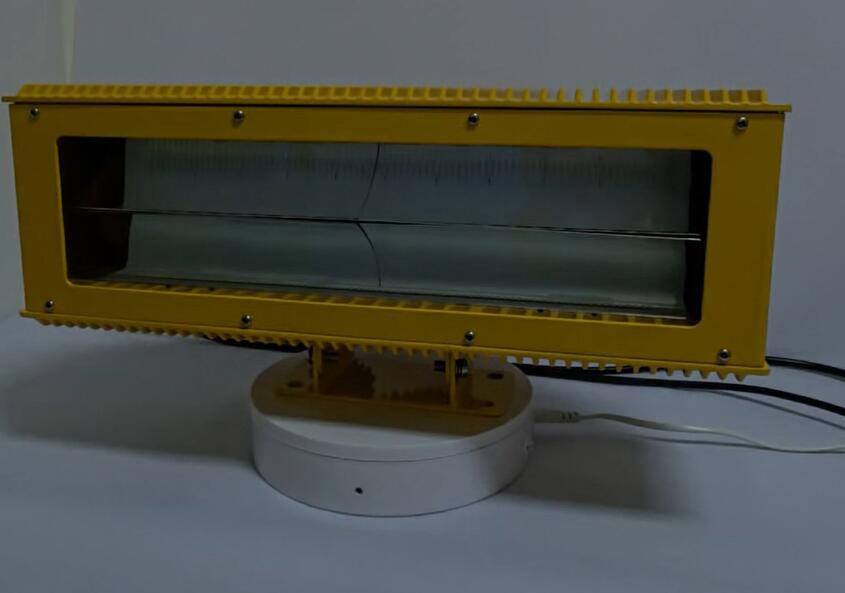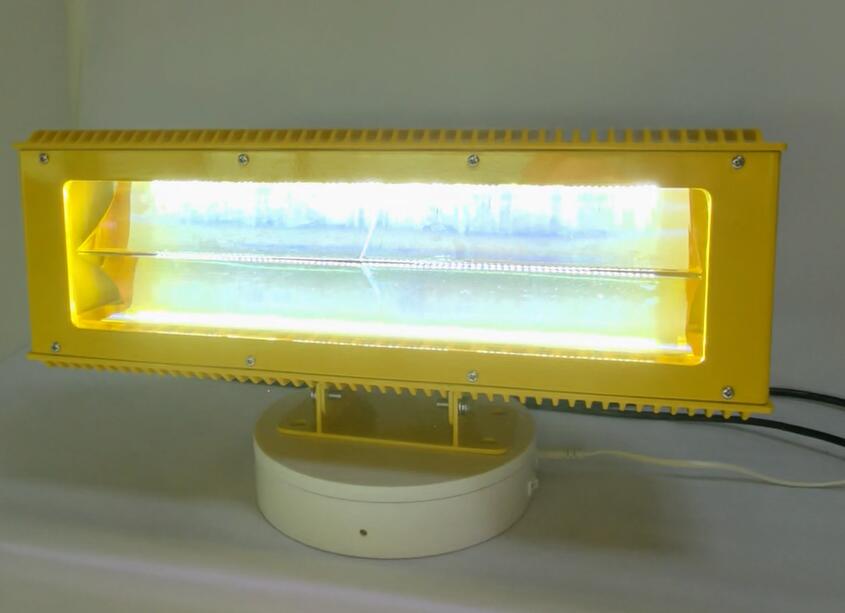
Obstruction lighting systems play a crucial role in modern infrastructure and aviation safety. These systems are designed to alert pilots and other airborne traffic of potential hazards and obstructions, preventing accidents and ensuring the smooth flow of air travel.
The importance of obstruction lighting systems cannot be overstated. They are essential for marking tall structures such as towers, chimneys, bridges, and wind turbines that could pose a threat to aircraft navigation. Without proper lighting, these structures could go unnoticed in low visibility conditions, leading to disastrous collisions.

One of the key components of an obstruction lighting system is the type of light used. LEDs have become increasingly popular in recent years due to their energy efficiency, long lifespan, and high visibility. These lights can be programmed to emit specific colors and intensities, depending on the requirements of the obstruction and local regulations.
For example, a tall communication tower might have red flashing lights at the top and white steady lights along the sides to provide clear visibility from different angles. In contrast, a bridge may have a combination of yellow and white lights to distinguish it from other structures in the area.
Obstruction Lighting System
DE
FV
CW
The placement and arrangement of the lights within the obstruction lighting system are also critical. Lights need to be strategically positioned to provide maximum visibility from all possible approaches. This often involves complex calculations and site surveys to determine the best locations for optimal coverage.
In addition to marking physical structures, obstruction lighting systems are also used in temporary situations. Construction sites with cranes or tall equipment may install temporary lighting systems to warn aircraft of the potential hazard. This is especially important in areas near airports or busy flight paths.

Maintenance and monitoring of obstruction lighting systems are essential to ensure their continuous operation. Regular inspections are carried out to check for damaged or malfunctioning lights, and any issues are promptly addressed. Remote monitoring systems are often employed to provide real-time information on the status of the lights, allowing for quick response in case of problems.
To comply with international and local regulations, obstruction lighting systems must meet specific standards and requirements. These standards cover aspects such as light intensity, flash frequency, and color specifications to ensure uniformity and effectiveness across different locations.
For instance, in some regions, the intensity of the lights may need to be higher in areas with frequent fog or low cloud cover to maintain adequate visibility.
The cost of implementing an obstruction lighting system can vary depending on the size and complexity of the structure being marked. However, the investment is well worth it when considering the potential risks and consequences of not having proper lighting in place.
Obstruction lighting systems are an indispensable part of our modern infrastructure and aviation safety framework. Their role in preventing accidents and safeguarding lives and property cannot be ignored. As technology continues to advance, we can expect these systems to become even more sophisticated and reliable, ensuring the safety of our skies for years to come.